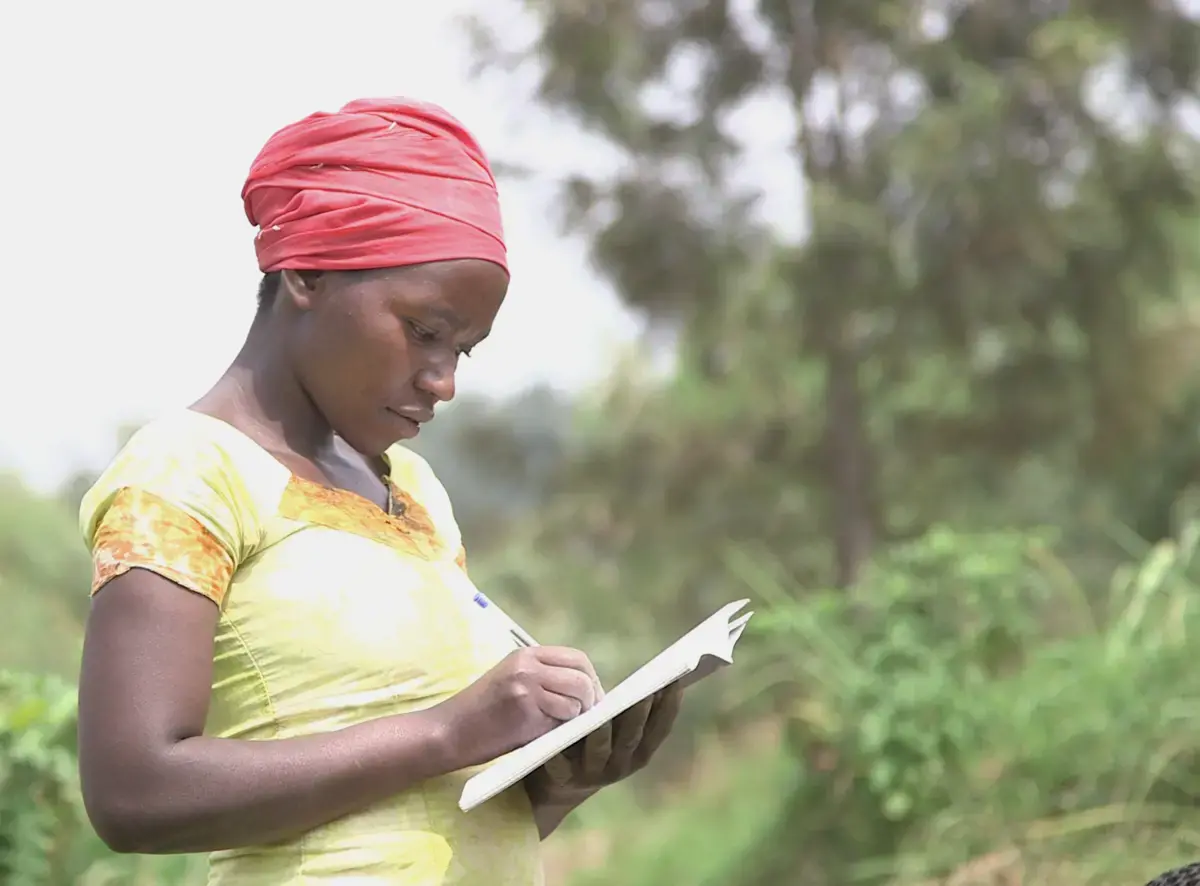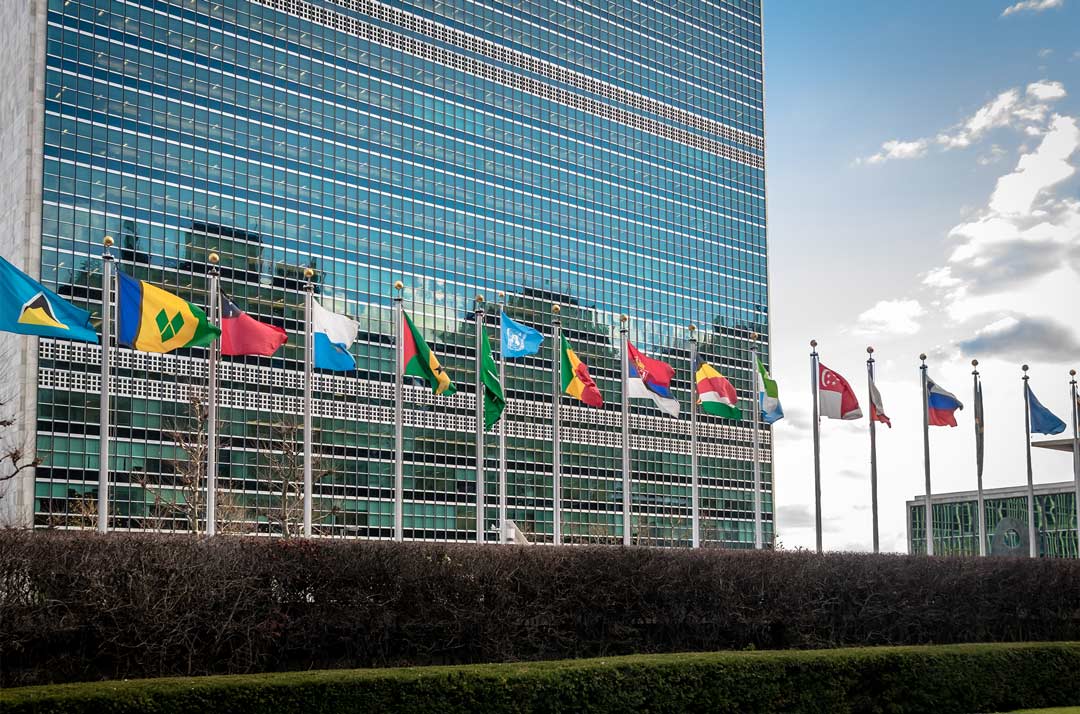by Elijah Nsikak
In 2023, at the heart of Hammanskraal, about 100km south of Johannesburg, cholera struck.
Joy, a mother of two, almost lost her son. “I overheard my neighbours discussing the outbreak, but I never thought that it would affect me and my children,” she reported.
She says the reality of cholera’s spread set in after she dropped off her son at school one morning, only to have him returned home in pain and tears. His stomach was gripped by cramps, and he couldn’t stop vomiting.
Luckily for Joy, she was able to rush him to a hospital in time. There, he received vital rehydration drips and medication, leading to a significant improvement in his condition.
17 people in that community weren’t as fortunate and died from cholera-related diseases, and 177 more were hospitalized.
Within a few days of the first reported case, the situation had escalated to the point where the government designated Hammanskraal as a “cholera hot spot.” (UNICEF)
Nigeria, 2021: Over 111,000 suspected cases of cholera and nearly 3,600 deaths were reported in just one year (NCDC Report). In Cameroon, between 29 October 2021 and 30 April 2022, a total of 6652 suspected cases including 134 deaths (WHO Report). Malawi, February 2023: the outbreak had claimed the lives of more than 1,400 people, with more than 45,400 cases recorded, and had an overall case fatality rate (CFR) of 3.21 per cent, more than three times the emergency threshold (UNOCHA).
Sudan is in the grips of its worst outbreak in years: over 100,000 cases and nearly 4,000 deaths as of mid-2025, fueled by civil war, displacement, and collapsing sanitation systems. Wikipedia The Guardian
These numbers sound like headlines from centuries past, but they are our reality—today, in Africa. Let’s uncover the truth behind outbreaks of cholera in Africa—and what they really say about rural health.
A Pattern Too Familiar
Outbreaks of cholera in Africa are not random; they follow a haunting pattern. Every rainy season, in rural communities with poor sanitation, limited clean water, and weak healthcare infrastructure, cholera thrives. The World Health Organization (WHO Fact Sheet) warns that 1.3 to 4 million cases of cholera occur worldwide annually, with up to 143,000 deaths. A significant portion of these deaths are in sub-Saharan Africa.
Historical Context
Cholera in Africa is not entirely new:
- In 2010, 18 States of Nigeria reported cholera outbreaks with a total of 41,787 cases including 1,716 deaths – case-fatality rate: 4.1%). (PubMed Central).
- In 2017, South Sudan declared an outbreak that killed 436 people in less than a year (WHO).
- In 2021, 23 countries reported cholera outbreaks, mainly in the WHO Regions of Africa and the Eastern Mediterranean. This trend has continued into 2022 with over 29 countries (WHO Africa).
This cycle repeats itself with devastating regularity.
The story In Mozambique is just unreal. Desperate families fled by boat, only for nearly 100 people to drown in a shipwreck. Their crime: trying to escape cholera. The Times
This is not merely disease—it’s the echo of infrastructure failure.”
Children and Young Adults are Worst Hit
It is noteworthy that children and adolescents are disproportionately affected, by these outbreaks
- Children under 15 comprise 50 per cent of cases in South Sudan and 40 per cent in Angola. UNICEF+1
- In Zambia, children (particularly those under 15) make up approximately 52% of cholera cases. UNICEF USA The EastAfrican
- In the Democratic Republic of the Congo, children under 5 account for about 25.6% of all cholera cases. The United Nations Office at Geneva
- In Angola, one-third of cholera cases affect children aged 6–14 years, with another 21.7% of cases in teenagers and young adults aged 15–24.
Why Rural Africa Is Hit Hardest
The truth is, cholera in Africa is not just a waterborne disease—it’s a mirror reflecting the state of our rural health systems.
- Lack of clean water: Since that incident with her son, Joy now purchases purified water, ensures tap water is thoroughly boiled before use, and maintains good hygiene practices.
However, the financial burden of acquiring safe water on a nearly-daily basis weighs heavily on her and accessing the weekly water deliveries to the community presents challenges due to her work commitments.
400 million people in sub-Saharan Africa still lack access to basic drinking water (UNICEF Data).
- Weak health facilities: Most rural clinics lack rehydration supplies or even clean IV fluids when outbreaks strike. If rural clinics had the basics—clean water, medicines, trained staff—then cholera outbreaks wouldn’t just be contained. They could be prevented.
In Nigeria’s most recent outbreak, despite over 1,300 cases across 30 states, there was only enough emergency funding to cover 9% of response needs. UNICEF - Delayed reporting: Outbreaks in remote areas often spread silently before national authorities notice.
A Hidden Threat Beyond the Villages
When cholera erupts in rural areas, urban dwellers may initially feel safe. But history shows otherwise. Pathogens do not respect geography. Infections spread along trade routes, highways, rivers, and borders. In other words: if rural communities cannot stop cholera in Africa, cities will not escape it.
Solutions That Cannot Wait
To fight cholera in Africa—and the next rural health crisis—Africa needs urgent, practical measures:
- Stronger Primary Health Care centers in rural areas.
- Improved sanitation and clean water systems, especially in flood-prone areas.
- Rapid-response teams for outbreaks, equipped with diagnostics and treatment supplies.
- Community engagement programs, tailored to local traditions, to promote hygiene and prevention.
- Telemedicine and data systems to speed up outbreak reporting.
Closing Call
Behind every cholera statistic lies a family without clean water, a clinic without medicines, a child without a safe school. Silence isn’t neutrality—it’s complicity.
We must strengthen rural health. Because if rural Africa is not safe, then all of us—whether in villages, towns, or capitals—are not safe.
This is What About Rural Health?™—where the truths we ignore always find their way to the surface.”
Read about viral outbreaks in Africa





